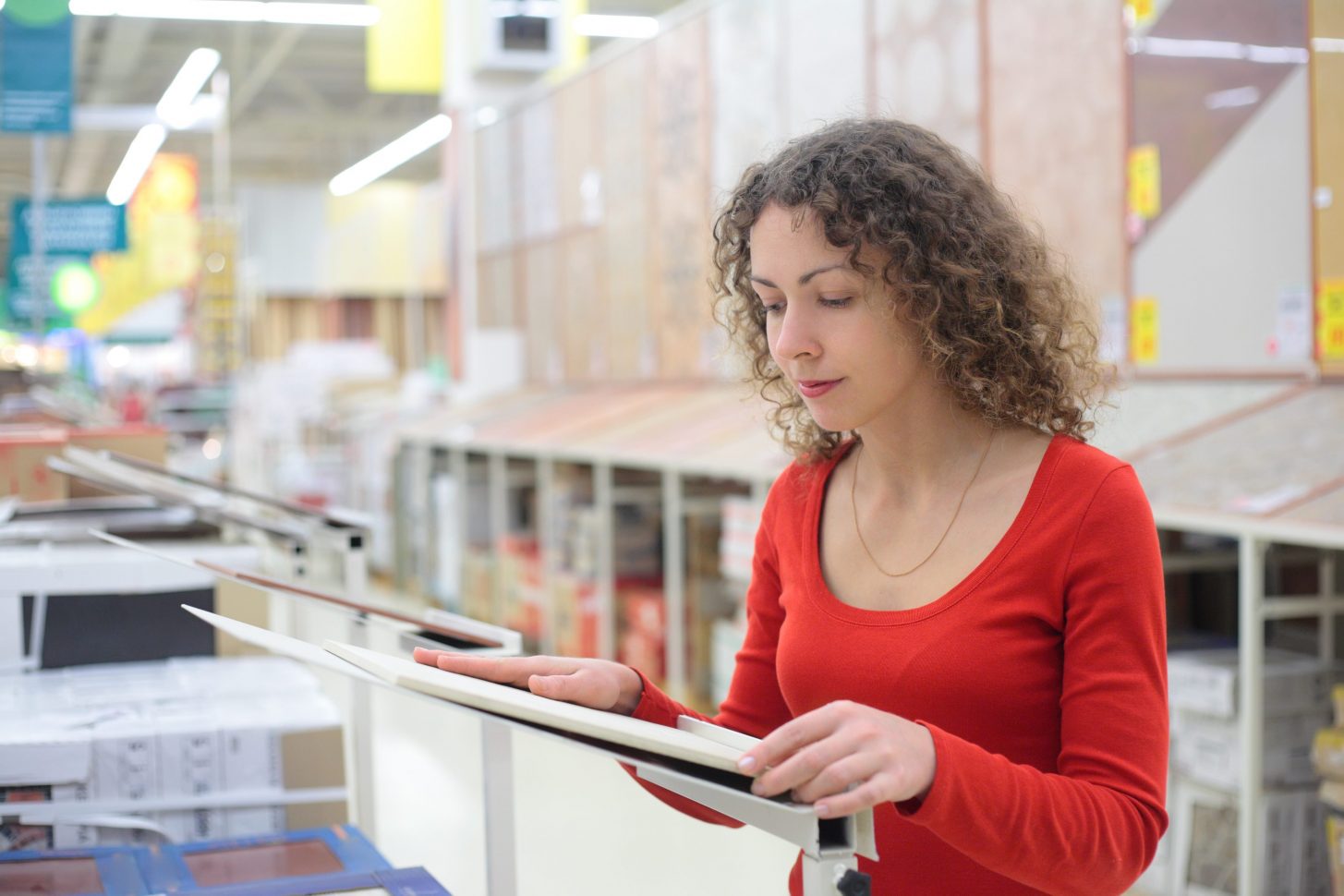Our Take on The Future of Brick & Mortar
Scenario One: A bounce back to business as it was pre-virus
Scenario Two: A bounce back to business but with some changes to shopper behavior and an acceleration of many pre-virus retail trends – mainly because they are simply good ideas. These trends include but are not limited to:
-
-
- Offering better brand experiences at retail as a means of differentiation
- Faster adoption of touchless payment technologies
- More online shopping
- More home delivery/curbside pickup
- More, better instore digital tools and signage
- More scan and go shopping
- Greater attention to store cleanliness/minimizing what people must touch to shop
-
Scenario Three: A vastly changed and different world of brick and mortar retail – with greatly changed shopping behaviors and requirements
Our Take on the Future of Retail
In terms of the three post-virus retail scenarios outlined above, we see number 2 – bounce back with changes – as the most likely scenario. Here’s why.
People are social creatures. There’s no doubt they want to return to brick and mortar stores. The rumored retail apocalypse makes good headlines but it’s not well supported by anything that was happening. Pre-virus, over 80% of retail sales were still made in stores and instore sales were growing year over year. While there plenty of store closings in the news, just 16 retailers accounted for 73% of them. In fact, more retailers – including a lot of Direct to Consumer (DTC) retailers like Amazon, Dollar Shave Club, Casper and Warby Parker – are opening stores than closing them. They’re doing this for two main reasons. First, to complete their omni-channel strategies. You sell more when you’re both online and instore. Second, the growing cost of on-line acquisition (advertising and paid search) is squeezing the margins from ecommerce.
So, we’re not worried about the fate of brick and mortar retail. We believe shoppers are eager to return and will do so when they feel safe. But we also see that happening in two distinct phases whose timing and duration depend on luck and the actions of governments and the scientific community. Each phase has its own implications for manufacturers and retailers.
Phase One
In this phase people are released from quarantine – perhaps in stages – into a still risky world. Behavior will be markedly different from the pre-Coronavirus world with people continuing to pursue safer behavior – and avoiding what they see as risky situations. Some even staying in quarantine. Enticing the willing ones instore will require making them feel that it’s safe to return. So, the question is what will do that? A lot of real-world experimentation is being done on this now (e.g., gated entry, social distancing, store sanitization procedures) as well as a lot of research into possible enhancements.
Phase Two
In this phase, the world sees little or no risk from Coronavirus. This will probably result from a combination of one or more of these four things:
-
-
- An effective and readily available treatment
- An effective and available vaccine
- Herd immunity
- A not overburdened healthcare system
-
At this point – based on what has happened through the world’s long history of pandemics – we believe people will return largely to pre-Coronavirus behaviors – happy and willing to go back to work, retail, events and restaurants while keeping a few newly acquired behaviors such as greater sensitivity to the cleanliness of what they touch. Preliminary news coming out of Asia as cities end their lock downs supports this forecast with some stores such as Lululemon reporting return to pre-virus store traffic only 14 weeks after the start of the pandemic. We’ll see if this holds.
What We’re Looking Into
To help customers prepare we’re exploring ideas and technologies that can help retailers and manufacturers who sell through retail succeed in a world where the risk is reduced but not gone, and people are eager to emerge from social isolation. Here’s an example of some of these ideas grouped into categories based on the issues each addresses:
“Safe Touch”
Ideas for sanitizing surfaces shoppers need to or want to touch such as displays, interactives and samples. These include:
A. UV light as a way to sanitize surfaces:
-
-
- Touchscreens
- Button activations
- Displays
- Product samples
- Or ultimately a shopper’s hands upon entering or leaving
-
B. Anti-microbial materials, paints and inks (e.g., powder coatings for displays)
C. Showroom sanitation best practices
“No Touch”
This is an exploration of technologies for minimizing or eliminating contact with interactives at retail. Ideas include:
-
-
- Voice control
- Gesture control
- No touch activation
-
Less Contact with Store Employees
This is a study of ways to reduce the need for contact with retail salespeople – mostly focused on offering shoppers more of the information they need to make a purchase with less human assistance and simultaneously enhancing the shopping experience. This is a valuable study without or without virus concerns. Ideas include:
-
-
- AR/VR
- Digital signage
- Digital price tags
- Smarter use of interactives, apps, tables and NFC for:
- Self-qualification
- Product learning
- Information collection
- Wayfinding
- Scan and Go shopping technologies
- Protective shields/dividers to create spatial/physical barriers
- Video consultations/concierge services that allow shoppers complete part or all of the shopping process from home
-
What we focus on will undoubtedly evolve to include new areas for exploration. And we will share what we learn as we learn it. Read more about these ideas in some of the other posts on this page.
